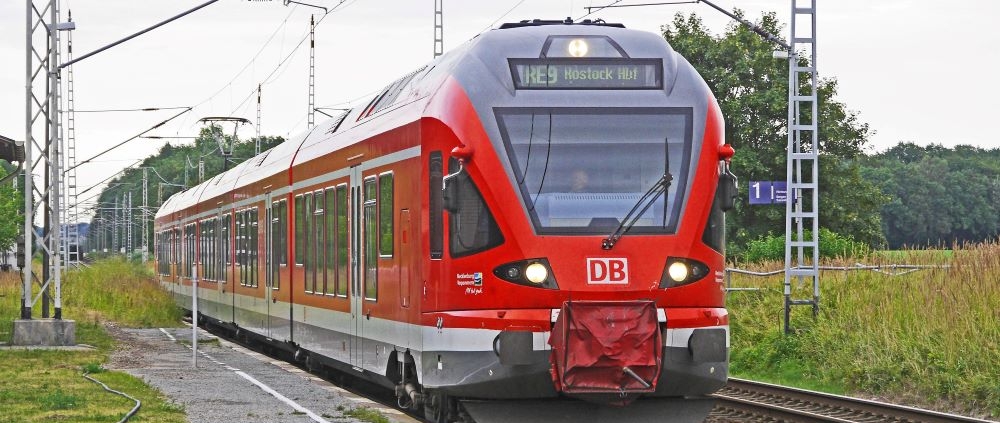French company Alstom has announced a renewable energy world-first by operating a 100 percent hydrogen train which only emits steam and condensed water while operating with a low level of noise.
Replacing Diesel Trains
The train called the Coradia iLint, which operates on a route in Bremervörde, Lower Saxony, Germany, is the first of 14 new hydrogen-powered regional trains purchased by LNVG to replace 15 diesel trains with a greener alternative.
The problem with diesel trains in environmental terms is that, although they are relatively low CO2 producers per passenger mile (because they carry multiple passengers per train), each train produces a lot of CO2, Nitrogen dioxide (NO2), and air-polluting particles.
How Does The Hydrogen Train Work?
The completely emission-free and quiet train, developed for use on non-electrified lines, uses new hydrogen and fuel cell technology. The Coradia iLint train also features several innovations such as clean energy conversion, flexible energy storage in batteries, and intelligent management of motive power and available energy.
The train is refuelled daily using hydrogen gas from a facility which has sixty-four 500-bar high-pressure storage tanks with a total capacity of 1,800 kilograms, six hydrogen compressors, and two fuel pumps. The train has a maximum speed of 140 km/h and can run all day one tank of hydrogen with a range of 1000 km.
The Benefits Of Using Hydrogen
Using hydrogen as the train’s fuel reduces the environmental burden, as one kilogram of hydrogen replaces approximately 4.5 litres of diesel fuel, but with only steam and condensed water as the emissions rather than greenhouse gases and polluting particles.
Award-Winning And Government Funded
The train, which is the recipient of the 2022 German Sustainability Design Award, was designed by Alstom teams in Salzgitter (Germany), and in Tarbes (France), and was funded by the German government as part of its National Hydrogen and Fuel Cell Technology Innovation Programme.
What Does This Mean For Your Organisation?
Replacing diesel (and petrol) vehicles of all kinds with viable and practical but green alternatives is a priority in reducing global warming. Not only does this train only emit steam and water, which makes it much more environmentally friendly option than a diesel train, but it can travel at high speeds and go all day on just one tank of hydrogen. Also, using hydrogen rather than electricity doesn’t put more strain on the electric grid (the train runs on non-electric lines) nor does it create any other CO2 that would be the by-product of creating more energy at the power station. This makes the hydrogen train not just green but comparable in performance terms to diesel trains. It is perhaps not surprising, therefore, that the manufacturers, Alstom, say they’ve received more orders for hydrogen trains in Germany, France and Italy. The fact that there was significant government funding and help to develop the technology also shows how countries can invest successfully in finding alternatives to much of the polluting technology that we still rely upon in our transport networks.
If you would like to discuss your technology requirements please:
- Email: hello@gmal.co.uk
- Visit our contact us page
- Or call 020 8778 7759
Back to Tech News



